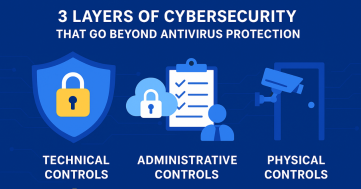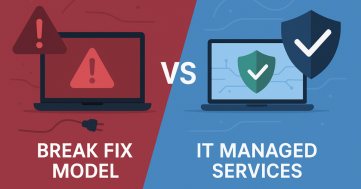Mobile devices have become an integral part of our daily lives, serving as personal assistants, communication hubs, and repositories of sensitive information. Unfortunately, with the increasing reliance on mobile technology, the threat of mobile malware attacks has also surged. In 2024, staying one step ahead of cybercriminals is crucial to ensure the security of yourmobile data. This blog aims to provide setp-by-step guide on how to protect your mobile devices from the malware threats in 2024.
Emerging Mobile Malware Trends in 2024:
Increased use of AI: Malware developers are increasingly incorporating AI into their tools, making them more adaptive and difficult to detect.
Focus on social engineering: Attackers are using social engineering tactics, such as phishing and smishing, to trick users into downloading malware.
Targeting of specific applications: Malware will increasingly target specific applications, such as mobile banking apps and messaging platforms.
More sophisticated attack vectors: Attackers will exploit new vulnerabilities, such as those in the mobile operating system itself or in third-party apps.
How To Secure Mobile Devices from Malware Attacks in 2024?
Here are some essential steps you can take to stay protected from mobile malware attacks in 2024:
- Install a Reliable Mobile Security Suite:
A mobile security suite can help to protect your device from malware, viruses, and cyber threats. Look for a suite that offers features such as real-time protection, web filtering, and anti-theft protection.
- Download Apps from Official Stores:
Avoid downloading apps from third-party app stores or unknown websites. Stick to downloading apps from the official app store for your device, such as the Google Play Store or the Apple App Store.
- Pay Attention to App Permissions:
When you install a new app, pay attention to the permissions it requests. Be wary of apps that request access to sensitive information, such as your contacts, location, or camera.
- Keep Update Mobile Devices and Apps:
Install all software updates for your device and apps as soon as they become available. These updates often include security patches that fix vulnerabilities that malware can exploit.
- Be Cautious:
Phishing attacks are a common way for cybercriminals to spread malware. Be careful about clicking on links or opening attachments in emails, text messages, or social media posts, especially if they come from unknown senders.
- Use Strong Passwords:
Use strong passwords for all your mobile accounts, and avoid using the same password for multiple accounts. Consider using a password manager to help you create and manage strong passwords.
- Back up Your Data Regularly:
Back up your data regularly to a secure location, such as a cloud storage service. This will help you recover your data if your device is infected with malware.
- Be Aware of Your Surroundings:
When you are using your mobile device in public places, be aware of your surroundings and take steps to protect your device from theft.
- Report Suspicious Activity:
If you suspect that your device has been infected with malware, report it to the appropriate authorities and take steps to remove the malware.
- Stay Informed About Emerging Threats
Keeping up to date with the latest cybersecurity trends and threats can help you adopt proactive measures to safeguard your digital assets and protect sensitive information.
Enhance Mobile Security with Compute Support Professionals
Computer Support Professionals are essential in fortifying the security of your mobile devices. Here’s a concise look at how they achieve this:
- Conduct thorough assessments to identify vulnerabilities and create tailored security strategies.
- Implement Mobile Device Management for centralized control and compliance with security policies.
- Employ real-time monitoring systems to detect and respond to security incidents promptly.
- nsure regular updates for both the operating system and applications to address known vulnerabilities.
Computer Support Professionals play a crucial role in securing mobile devices through assessments, management solutions, user education, and vigilant monitoring, ensuring functionality and resilience against evolving cyber threats.




